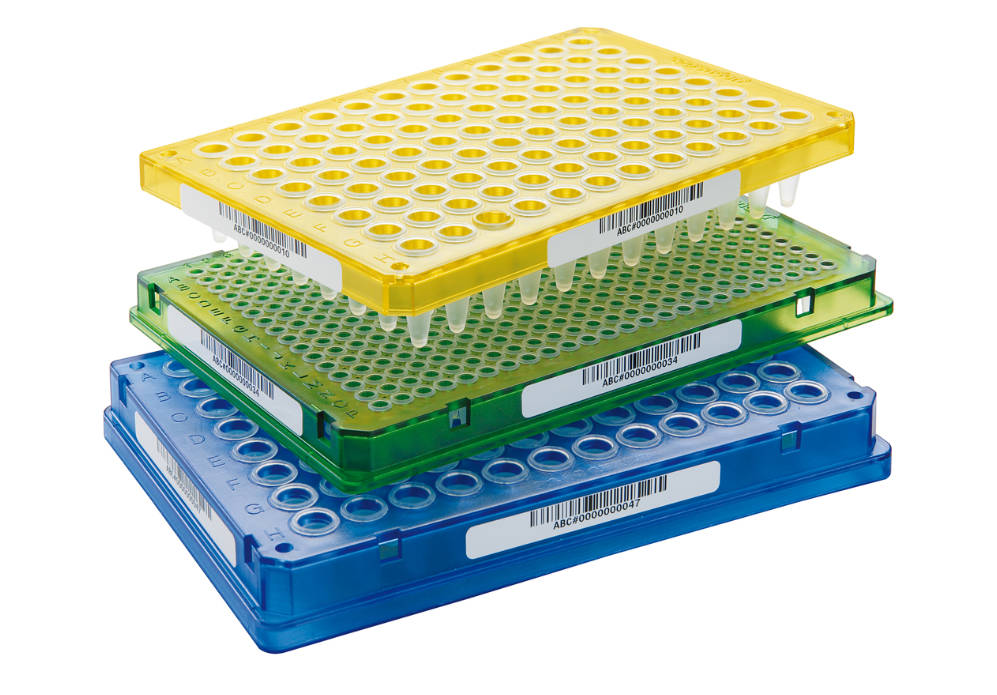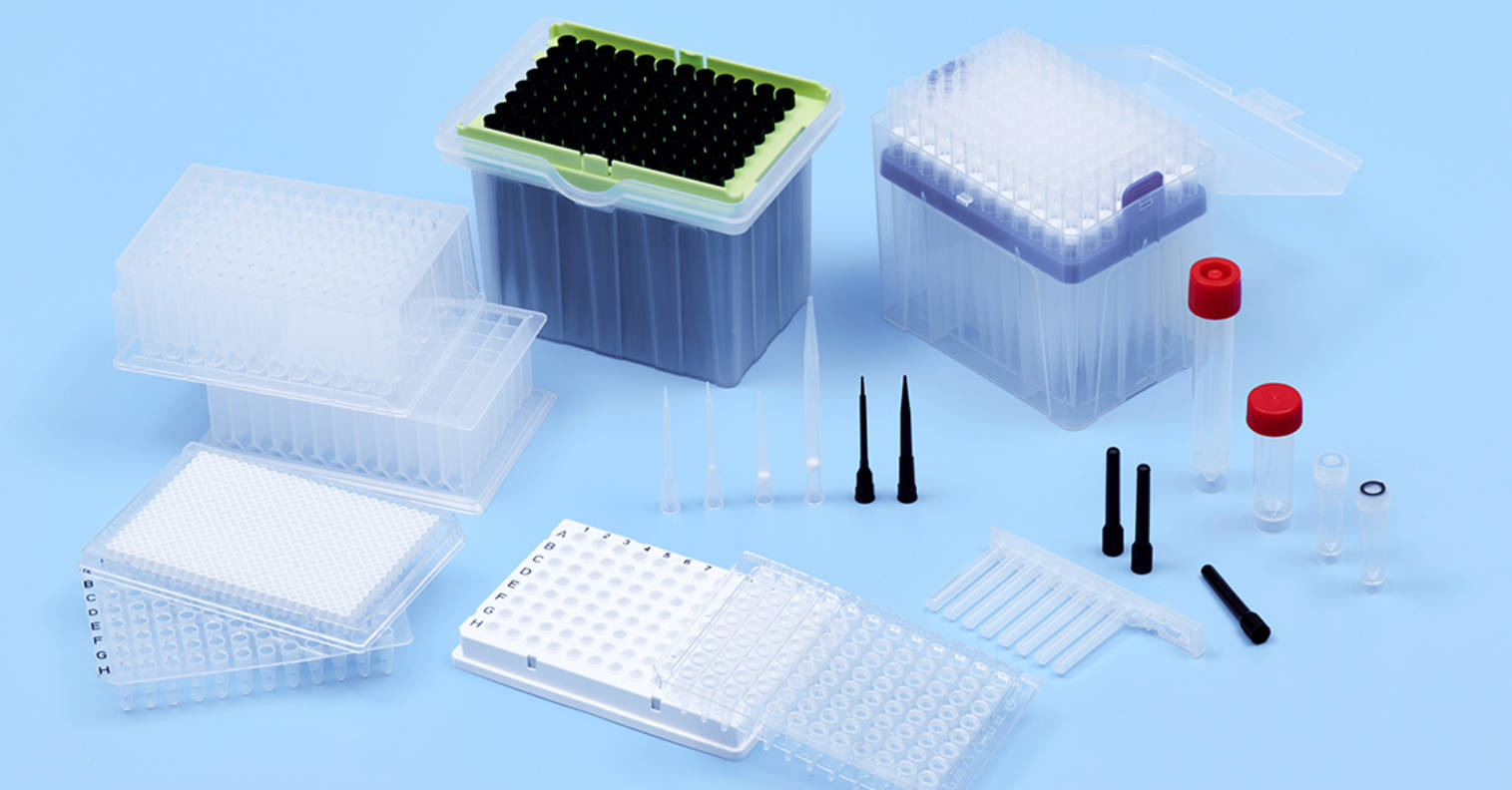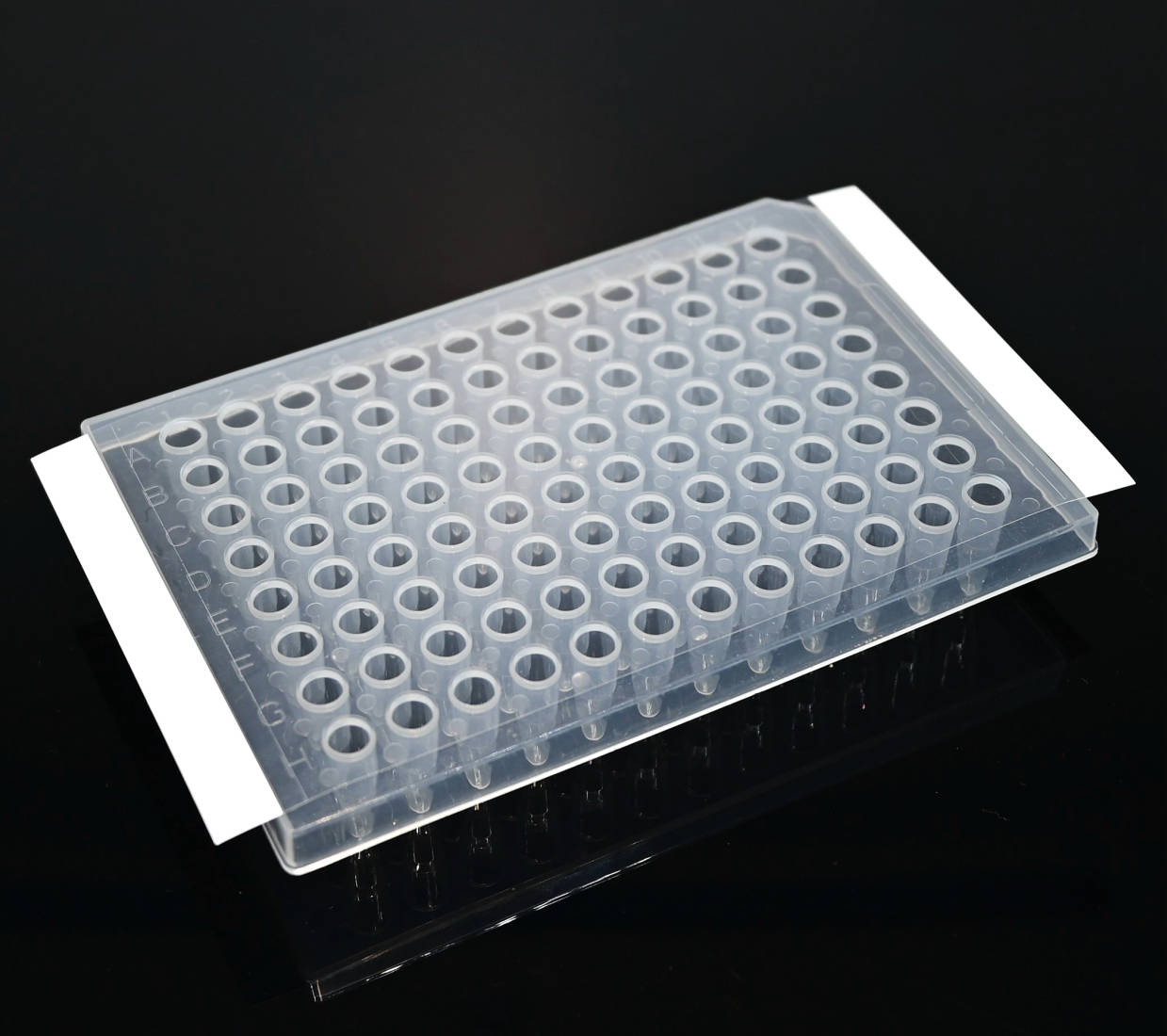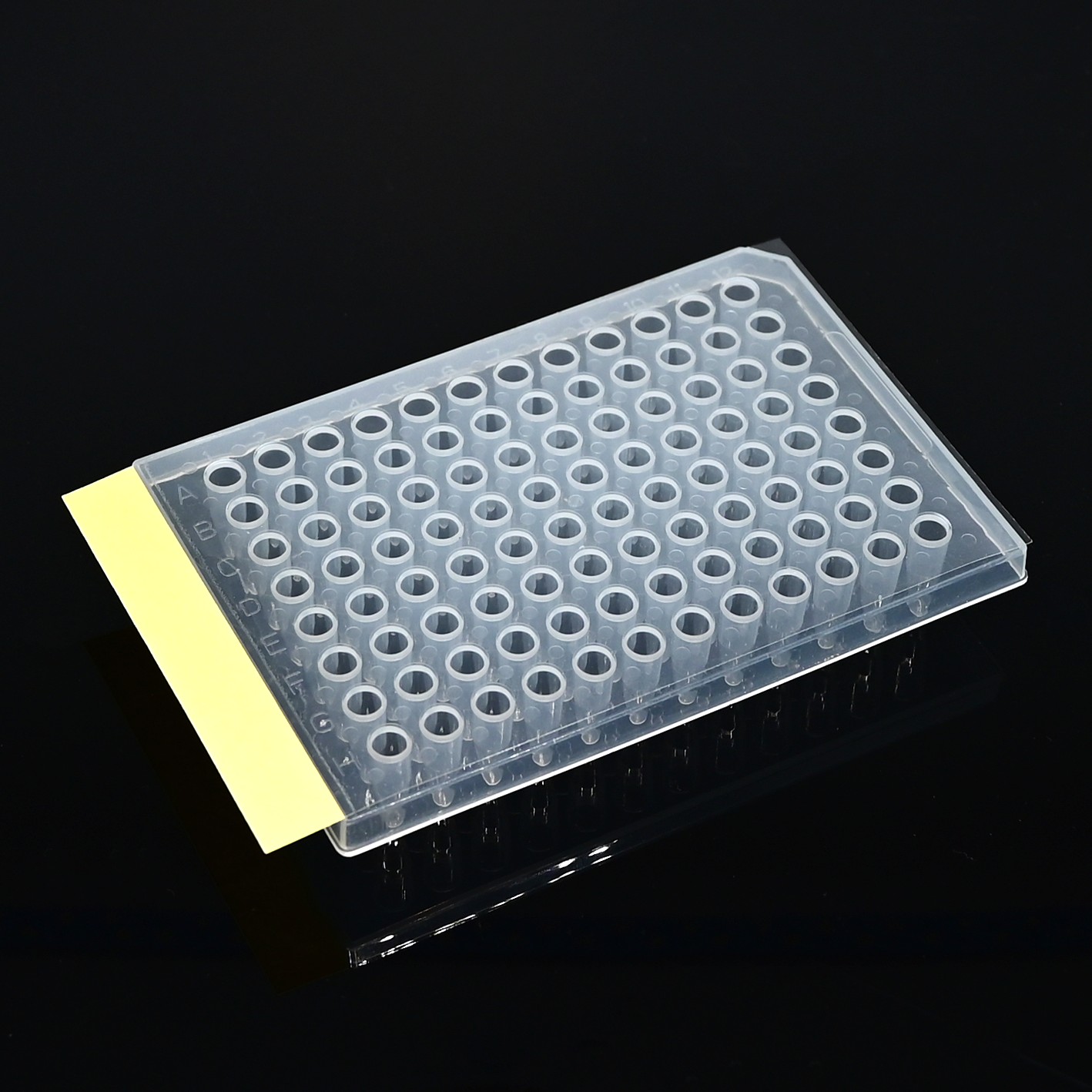-

What Should Be Considered when Pipetting PCR Mixtures?
For successful amplification reactions, it is necessary that the individual reaction components are present in the correct concentration in each preparation. In addition, it is important that no contamination occurs. Especially when many reactions have to be set-up, it has been established to pre...Read more -

How Much Template Should We Add to My PCR Reaction?
Even though in theory, one molecule of the template would be sufficient, considerably larger amounts of DNA are typically used for a classic PCR, for example, up to 1 µg of genomic mammalian DNA and as little as 1 pg of plasmid DNA. The optimal amount depends largely on the number of copies of t...Read more -

PCR Workflows (Quality Enhancement Through Standardization)
The standardization of processes includes their optimization and subsequent establishment and harmonization, allowing long-term optimal performance – independent of the user. Standardization ensures high-quality results, as well as their reproducibility and comparability. The goal of (classic) P...Read more -

Nucleic Acid Extraction and the Magnetic Bead Method
Introduction What is Nucleic Acid Extraction? In the very simplest of terms, nucleic acid extraction is the removal of the RNA and/or DNA from a sample and all the excess that is not necessary. The process of extraction isolates the nucleic acids from a sample and yields them in the form of a con...Read more -

How to Choose the Right Cryogenic Storage Vial for your Laboratory
What are Cryovials? Cryogenic storage vials are small, capped and cylindrical containers designed for storing and preserving samples at ultra-low temperatures. Although traditionally these vials have been made from glass, now they are much more commonly made from polypropylene for convenience an...Read more -

Is There an Alternative Way to Dispose of Expired Reagent Plates?
APPLICATIONS OF USE Since the reagent plate’s invention in 1951, it has become essential in many applications; including clinical diagnostics, molecular biology and cell biology, as well as in food analysis and pharmaceutics. The importance of the reagent plate shouldn’t be understated as r...Read more -

How to Seal a PCR Plate
Introduction PCR plates, a staple of the laboratory for many years, are becoming even more prevalent in the modern setting as laboratories scale up their throughput and increasingly employ automation within their workflows. Achieving these objectives whilst preserving the accuracy and integrity ...Read more -

The importance of PCR sealing plate film
The revolutionary polymerase chain reaction (PCR) technique has made a significant contribution to the advancement in human knowledge in multiple areas of research, diagnostics and forensics. The principles of standard PCR involve amplification of a DNA sequence of interest in a sample, and after...Read more -

The Global Pipette Tips Market size is expected to reach $1.6 billion by 2028, rising at a market growth of 4.4% CAGR during the forecast period
Micropipette tips may also be used by a microbiology lab testing industrial products to dispense testing materials like paint and caulk. Each tip has a different maximum microliter capacity, ranging from 0.01ul to 5mL. The clear, plastic-molded pipette tips are designed to make it simple to see t...Read more -

Pipette Tips
Pipette Tips are disposable, autoclavable attachments for the uptake and dispensing of liquids using a pipette. Micropipettes are used in a number of laboratories. A research/diagnostic lab can use pipette tips to dispense liquids into a well plate for PCR assays. A microbiology laboratory testin...Read more











